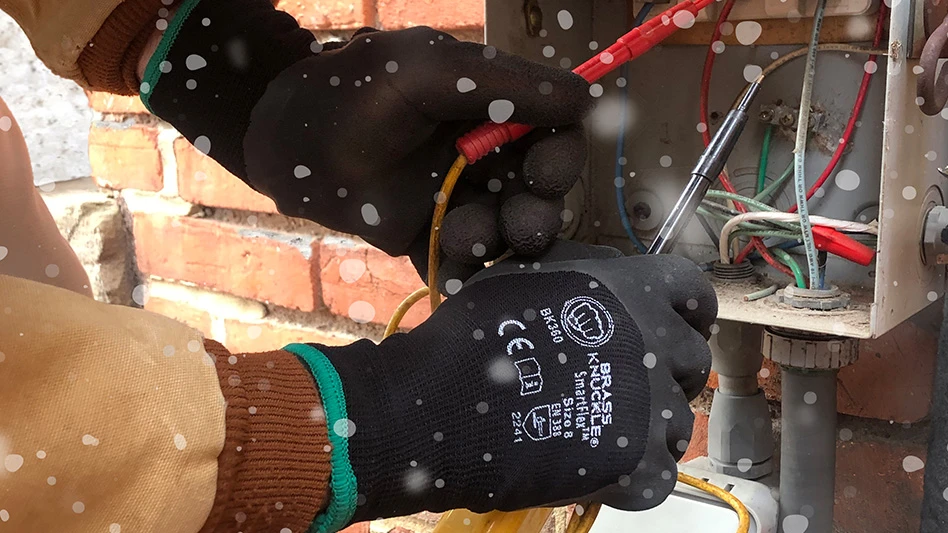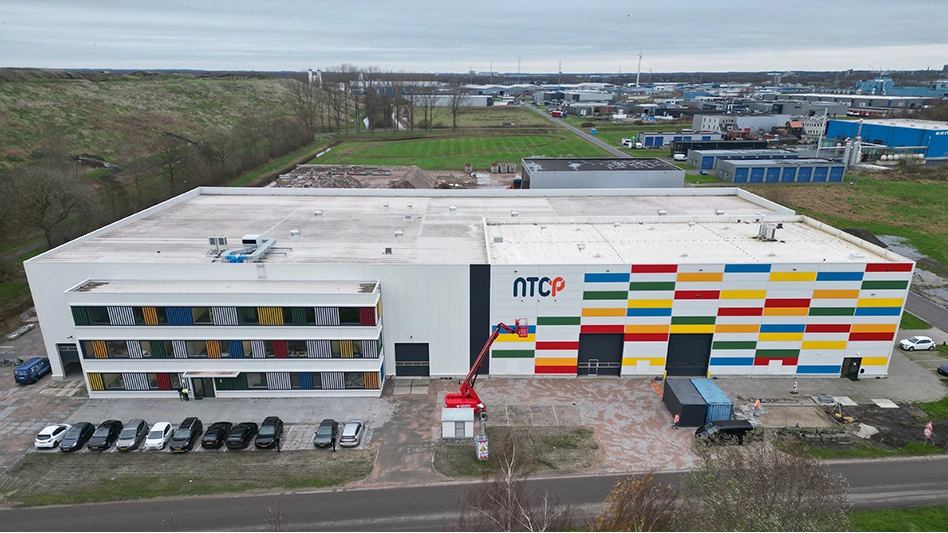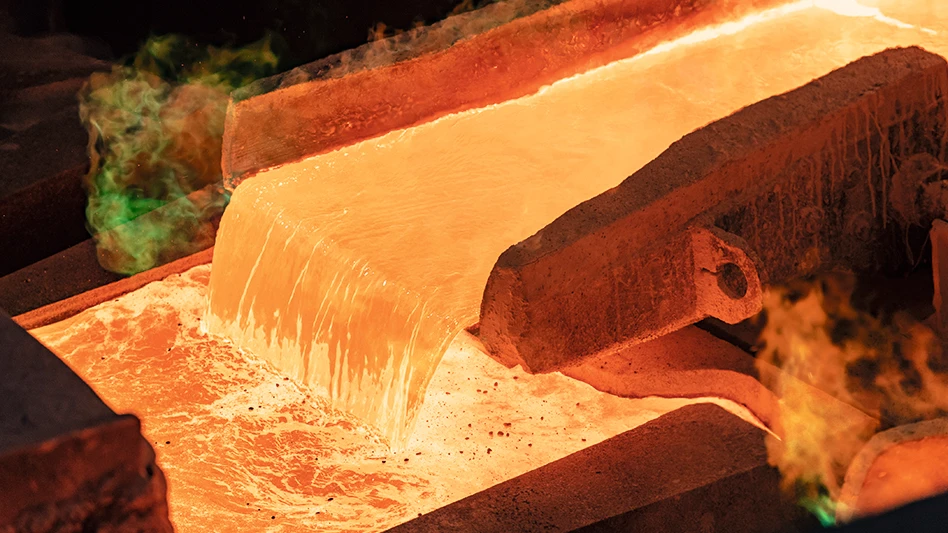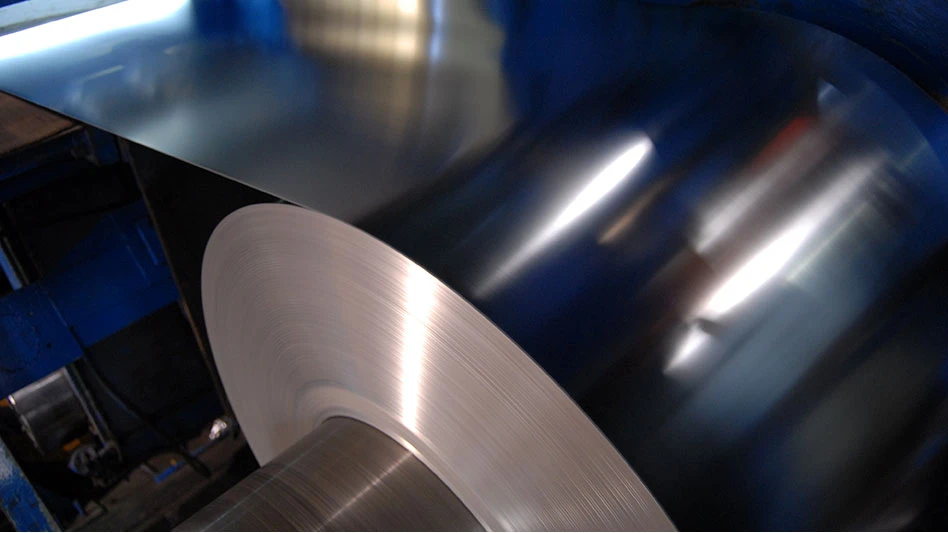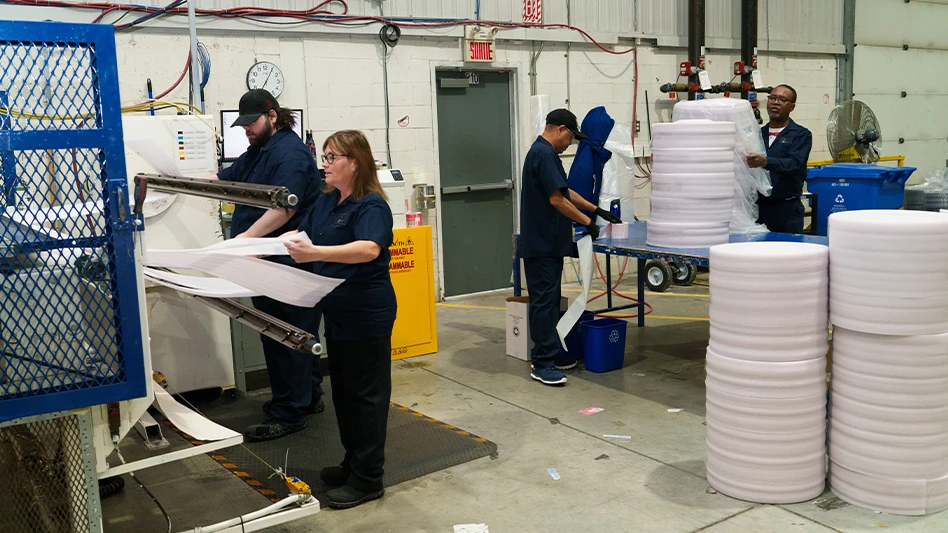
Recycling Today archives
This year has included several months where prices and inventory value lost ground, so the increased bids from domestic and overseas buyers alike have been anticipated for a considerable stretch.
In the second week of December, the traditional monthly U.S. mill negotiating deadline, Davis Index surveying indicates domestic mills are paying an average of $441 per ton for the prompt No. 1 busheling grade.
While $441 per ton for prompt scrap might not be considered a lofty price compared with 21st century peak periods, it represents a nearly 10 percent rebound from the $402 per ton mills were paying just two months earlier.
A prolonged slump that essentially ran from mid-May until late October has had a devastating effect on flows into the yards of some suppliers. “Flows have not been very good,” a Great Lakes recycler tells Recycling Today in early December. “In November, we took in 28 percent less than the average of the year, and December has been slow to start.”
Nonferrous grade pricing in the U.S., especially for aluminum, might have helped some processors attract peddlers and generators of mixed streams of metal scrap, but ferrous buyers indicate they’ll need a couple of strong months to lure back obsolete supply.
Steady demand from domestic steel mills seems to have done its part to combine with reduced supply at yards to place the long-awaited price pressure on ferrous scrap prices.
According to the American Iron and Steel Institute (AISI), Washington, raw steel production in the U.S. surpassed 1.7 million tons the week ending Dec. 2, before falling back just slightly below that level the following week.
Processors and shippers that direct a percentage of their ferrous grades to overseas buyers spent much of the second half of 2023 waiting for those buyers to react to a perceived tightening of supply and increase their bids for U.S. heavy melting steel (HMS) and other grades.
After a prolonged slump, buyers could purchase bulk cargoes of mixed HMS Nos.1 and 2 scrap, freight on board (fob) from Los Angeles, for $323 per metric ton in the third week of October.
In late October, that figure received a $22 per metric ton boost and, with a hiccup or two along the way, has trended upward to reach $362 per metric ton by the second week in December, according to Davis Index.
The pricing and business information service points to bids from Taiwan as one source of increased demand and pricing on the West Coast, while buyers in Bangladesh and Pakistan also have increased their activity there late in the year.
As of early December, buyers representing multiple overseas destinations are active on the East Coast, though Davis Index is reporting resistance to rising prices from Turkish buyers this week.
Exiting their own early November holiday period, Indian buyers came back into the market in the second half of that month, especially for containerized scrap, according to Davis. Meanwhile, an October agreement between the Bangladesh government and the International Monetary Fund seems to have freed up U.S. dollars there to increase American scrap market buying from that nation’s mill operators.
Latest from Recycling Today
- Nucor names new president
- DOE rare earths funding is open to recyclers
- Design for Recycling Resolution introduced
- PetStar PET recycling plant expands
- Iron Bull addresses scrap handling needs with custom hoppers
- REgroup, CP Group to build advanced MRF in Nova Scotia
- Oregon county expands options for hard-to-recycling items
- Flexible plastic packaging initiative launches in Canada
